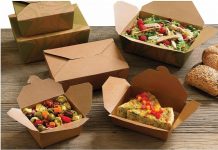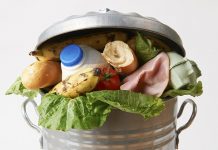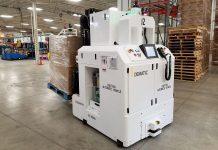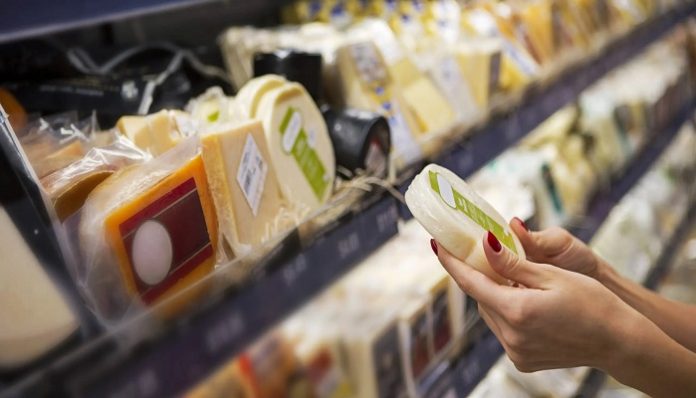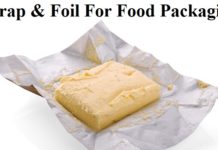Two key factors, namely the fluctuation in oil prices and the commitments of brands and retailers to United Nations SDG Target 12, are driving the shift from fossil-based to bio-based polymers in the food industry.
Fortunately, this transition benefits all parties involved. Bio-based polymers allow us to replace fossil fuels with biomass as the raw material for polymer production. It’s important to note that using non-food sources like agricultural waste for bio-based polymers is essential to avoid issues related to biodiversity loss, water consumption, and land usage, especially when sourcing bioplastics from human or animal food crops.
It’s intriguing to discover that lignin, a by-product of paperboard manufacturing, can also serve as a feedstock for bio-based polymers.
From a circularity and material efficiency perspective, bio-based polymers that can be reused or recycled are more sustainable than those that simply biodegrade.
Three types of bio-based “drop-in” polymers – bio-polyethylene (bPE), bio-polypropylene (bPP), and bio-PET – can replace their fossil-derived counterparts in food packaging.
Interestingly, the pricing of bio-based polymers is closely tied to the fossil fuel industry. For instance, the price of bPE fluctuates with gas prices because it competes with bioethanol as a car fuel, which becomes more attractive when fossil fuel prices are high. Thanks to a 2021 innovation that enables the production of terephthalic acid (TPA) from bio-sourced paraxylene, it is now possible to achieve 100% bio-PET.
For example, this represents a significant improvement compared to Coca-Cola’s 2009 “Plant bottle,” which contained only 30% bio-derived material. With over 15 global producers now capable of generating bio-derived paraxylene, the market for bio-PET is projected to grow from $441.3 million in 2021, surpassing the current 10% of the annual EU PET output, according to a report by Allied Market Research.
One example of bio-PET is Toray Plastics’ LumiLid, which is dual-ovenable and contains 50% bio-PET along with a bio-based adhesive.
Two other bio-based food packaging options, bioderived polyethylene furanoate (PEF) and polytrimethylene furandicarboxylate (PTF), offer superior barriers.
Interestingly, patents for both PET and PEF were issued as far back as 1946. PEF bioplastic provides a better barrier than PET. Current applications of PEF in food packaging include Carlsberg’s Green Fiber Bottle, a paper-based bottle made from wood fiber lined with a thin layer of PEF, starting in 2024; Danone’s evian+ flavored mineral water beverage, which is 100% recycled PET with a small amount of PEF; and PepsiCo’s Green Bottle for Tropicana brand beverages. PTF is supported by a DuPont-Tate & Lyle joint venture in Tennessee.
Consumer education plays a crucial role in conveying the message that polymers can be derived from bio-based sources and can be reused and recycled.









